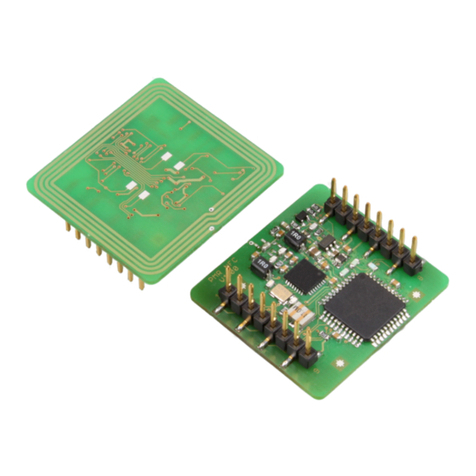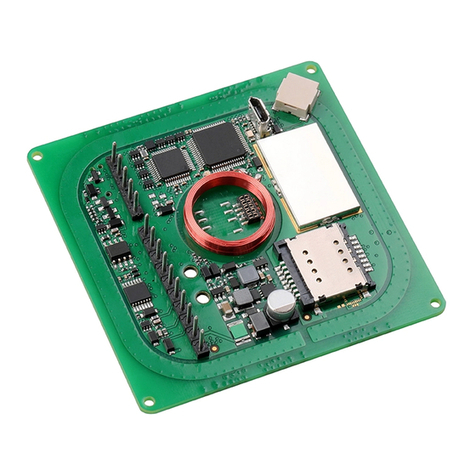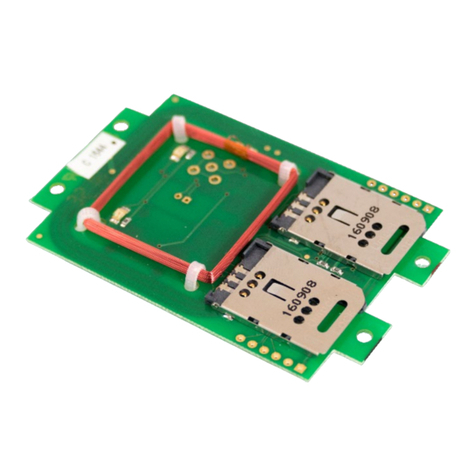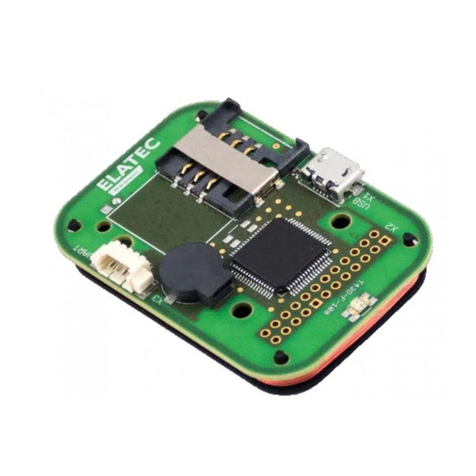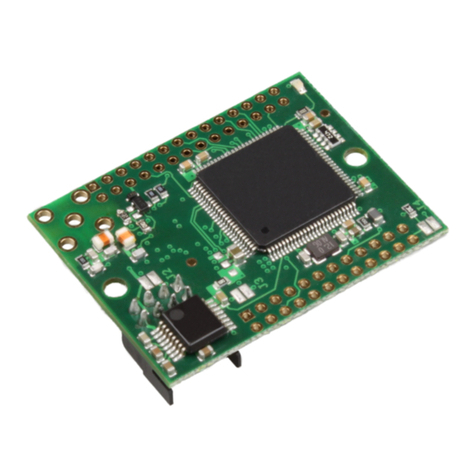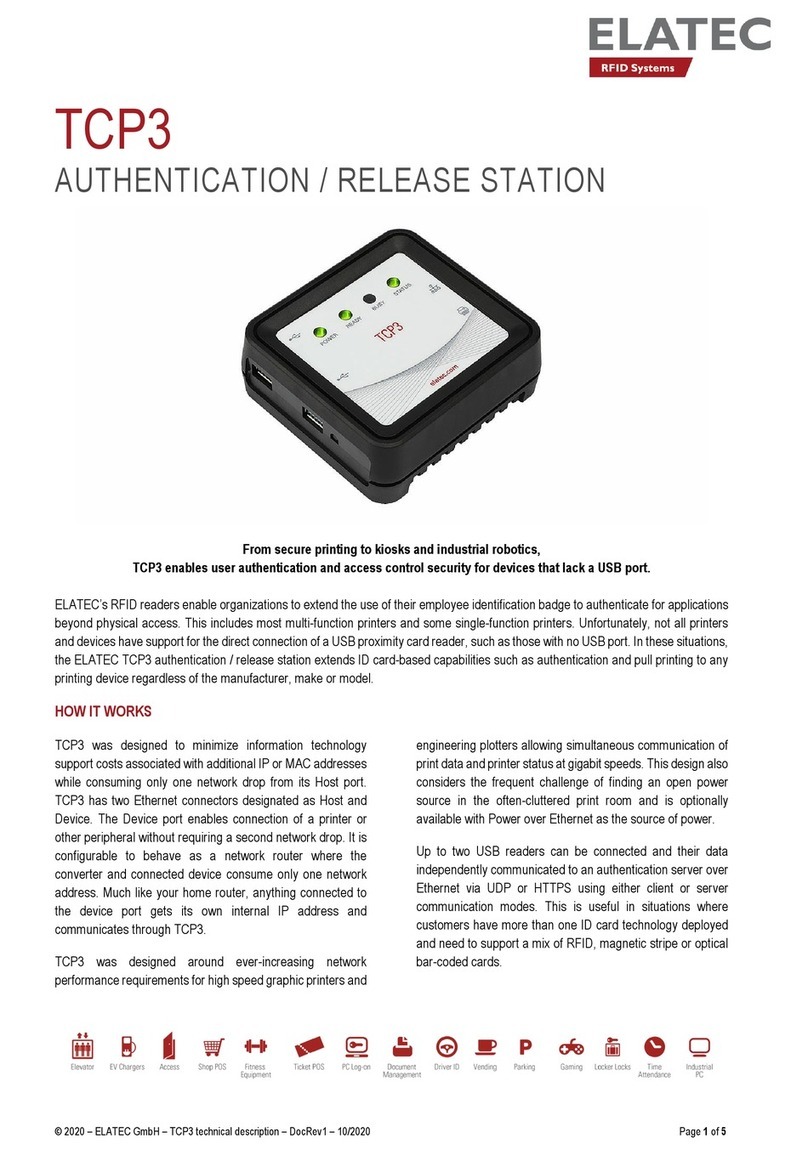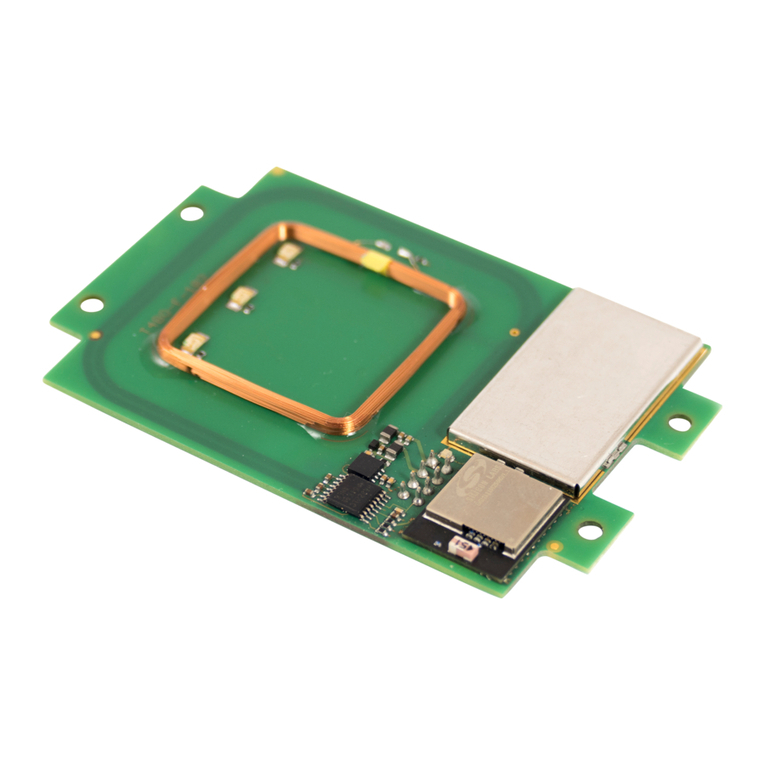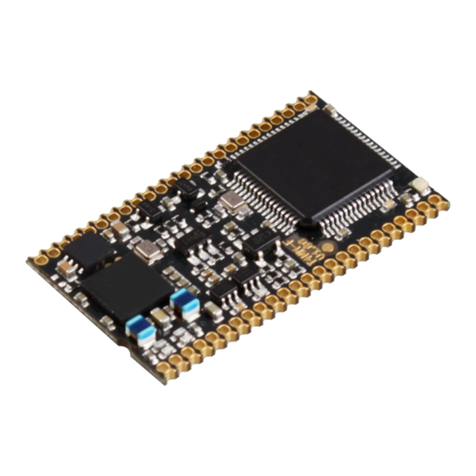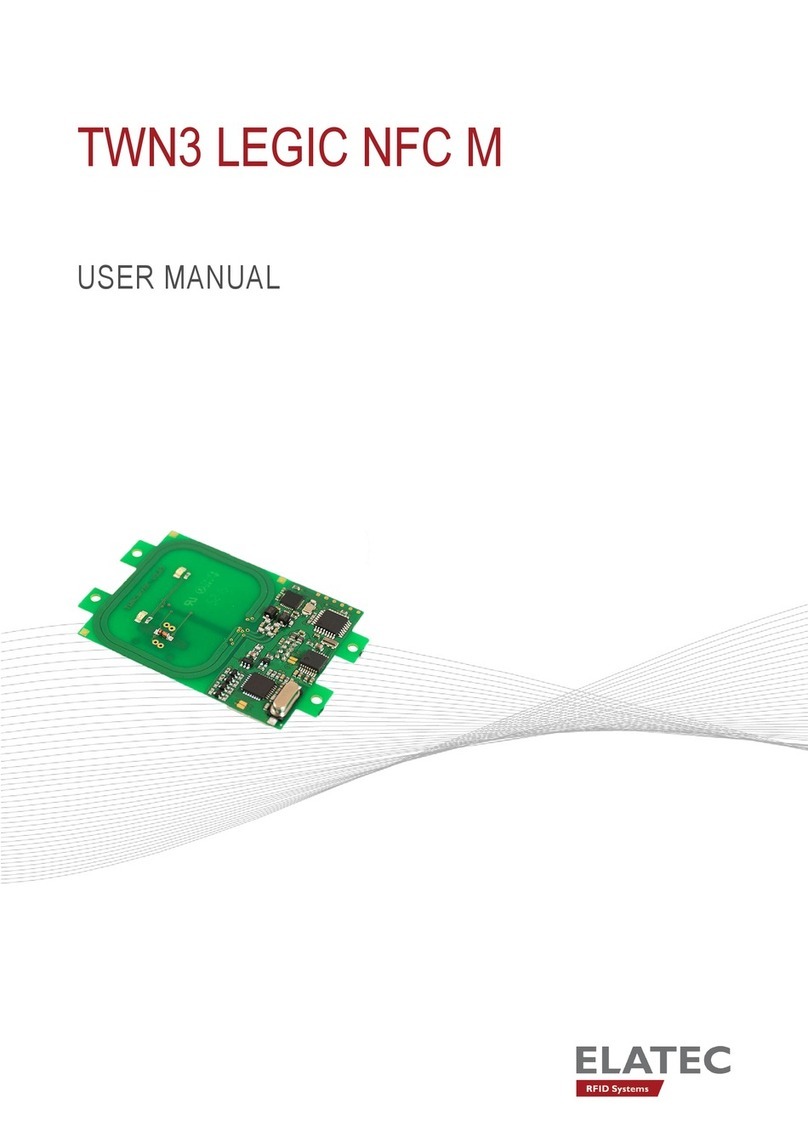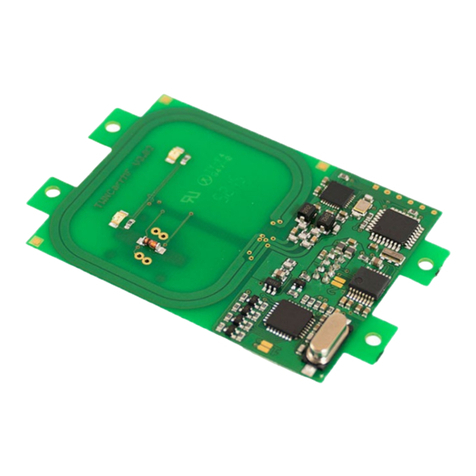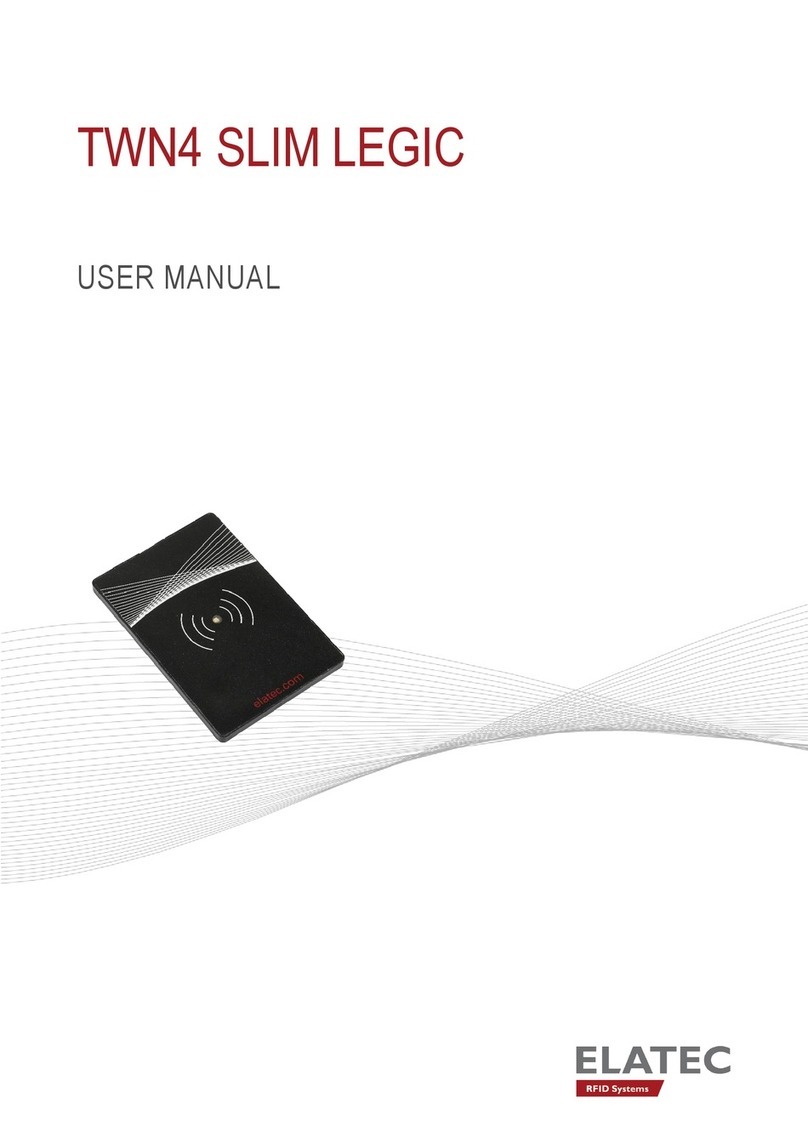
Contents
Contents
1 Introduction .............................................. 3
2 Mobile Badge 2.0 . . . . . . . . . . . . . . . . . . . . . . . . . . . . . . . . . . . . . . . . . . . 4
2.1 TWN4 Firmware . . . . . . . . . . . . . . . . . . . . . . . . . . . . . . . . . . . . . . . . . 4
2.1.1 Created with AppBlaster.exe . . . . . . . . . . . . . . . . . . . . . . . . . . . . . . 4
2.1.2 Reader with Simple Protocol . . . . . . . . . . . . . . . . . . . . . . . . . . . . . . 5
2.1.3 Third Party Reader App . . . . . . . . . . . . . . . . . . . . . . . . . . . . . . . . . 7
2.2 Phone Applications . . . . . . . . . . . . . . . . . . . . . . . . . . . . . . . . . . . . . . . 8
2.2.1 Mobile Bagde 2.0 Android . . . . . . . . . . . . . . . . . . . . . . . . . . . . . . . 8
2.2.2 Mobile Bagde 2.0 iPhone . . . . . . . . . . . . . . . . . . . . . . . . . . . . . . . . 8
2.2.3 Third Party Application . . . . . . . . . . . . . . . . . . . . . . . . . . . . . . . . . 8
2.2.3.1 Advertise-String . . . . . . . . . . . . . . . . . . . . . . . . . . . . . . . . 8
2.2.3.2 GATT Server . . . . . . . . . . . . . . . . . . . . . . . . . . . . . . . . . . 8
2.2.3.3 AES128 MasterKey . . . . . . . . . . . . . . . . . . . . . . . . . . . . . . 8
2.2.3.4 The Authentication Process . . . . . . . . . . . . . . . . . . . . . . . . . . 9
3 Cable Replacement . . . . . . . . . . . . . . . . . . . . . . . . . . . . . . . . . . . . . . . . . . 10
3.1 Datatransfer = BLOCKWISE . . . . . . . . . . . . . . . . . . . . . . . . . . . . . . . . . . 10
3.1.1 Simple Protocol Reader with Third Party Reader Apps . . . . . . . . . . . . . . . . 10
3.1.1.1 Reader A as Advertiser, GATT Server and Simple Command Executer . . 10
3.1.1.2 Reader B as Scanner, GATT Client and Connected to Director.exe . . . . . 12
3.1.2 Transparent Data Transfer with 2 Readers . . . . . . . . . . . . . . . . . . . . . . . 14
3.1.2.1 Reader A as Advertiser, GATT Server with Transparent Data Transfer . . . 14
3.1.2.2 Reader B as Scanner, GATT Client with Transparent Data Transfer . . . . 14
3.2 Datatransfer = BYTEWISE . . . . . . . . . . . . . . . . . . . . . . . . . . . . . . . . . . . 15
3.2.1 Transparent Data Transfer with 2 Readers . . . . . . . . . . . . . . . . . . . . . . . 15
3.2.1.1 Reader A as Advertiser, GATT Server with Transparent Data Transfer . . . 15
3.2.1.2 Reader B as Scanner, GATT Client with Transparent Data Transfer . . . . 15
3.2.2 Data Transfer with Two Readers programmed with Simple Protocol . . . . . . . . . 15
3.2.2.1 Reader A as Advertiser, GATT Server . . . . . . . . . . . . . . . . . . . . 15
3.2.2.2 Reader B as Scanner, GATT Client . . . . . . . . . . . . . . . . . . . . . . 16
4 Disclaimer............................................... 18
Page 2 of 18
